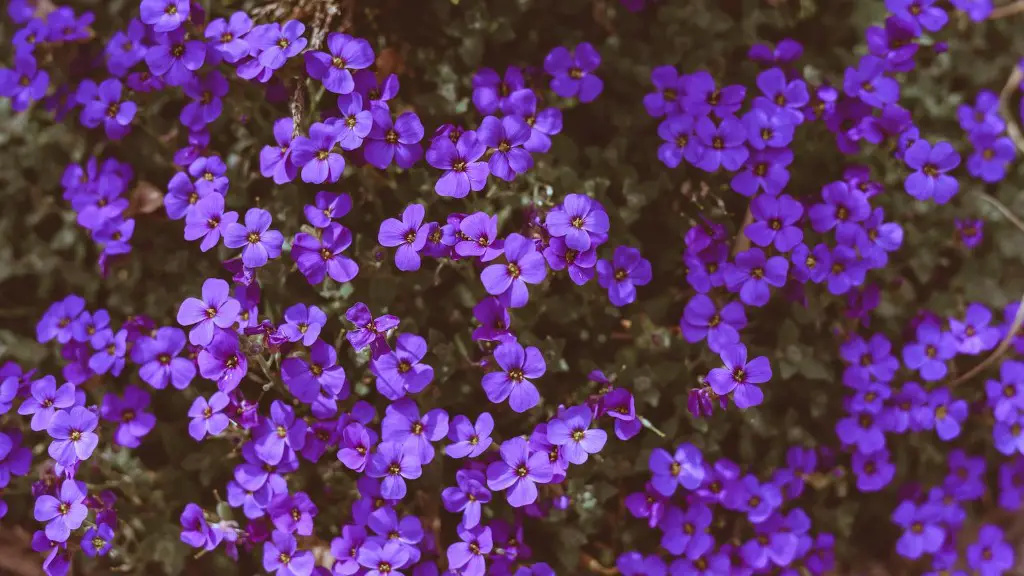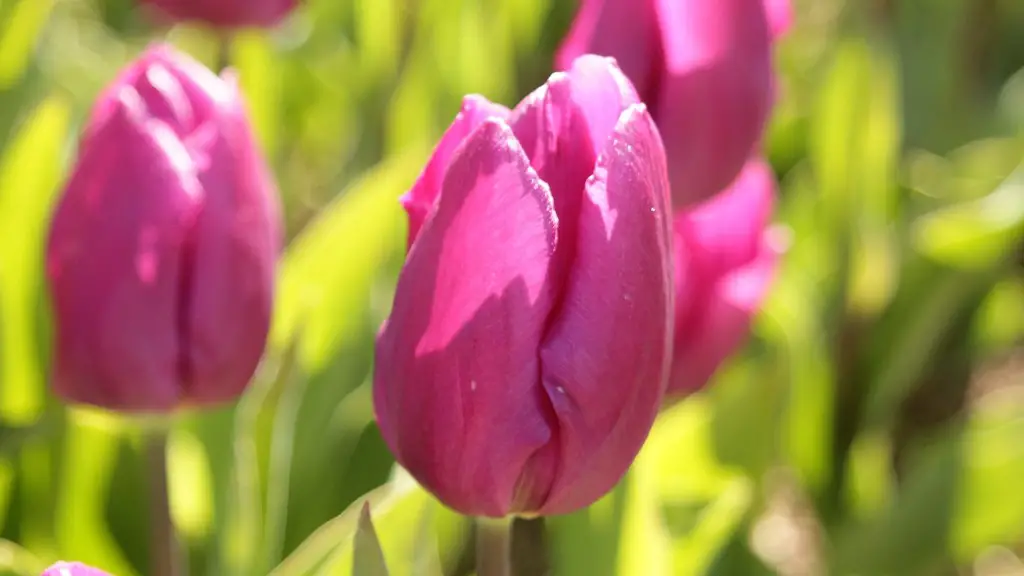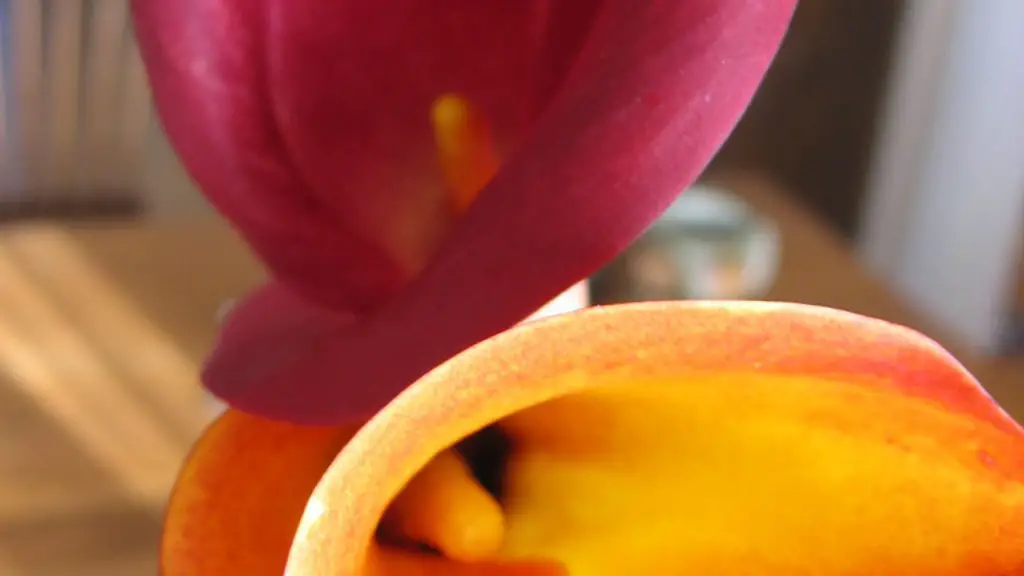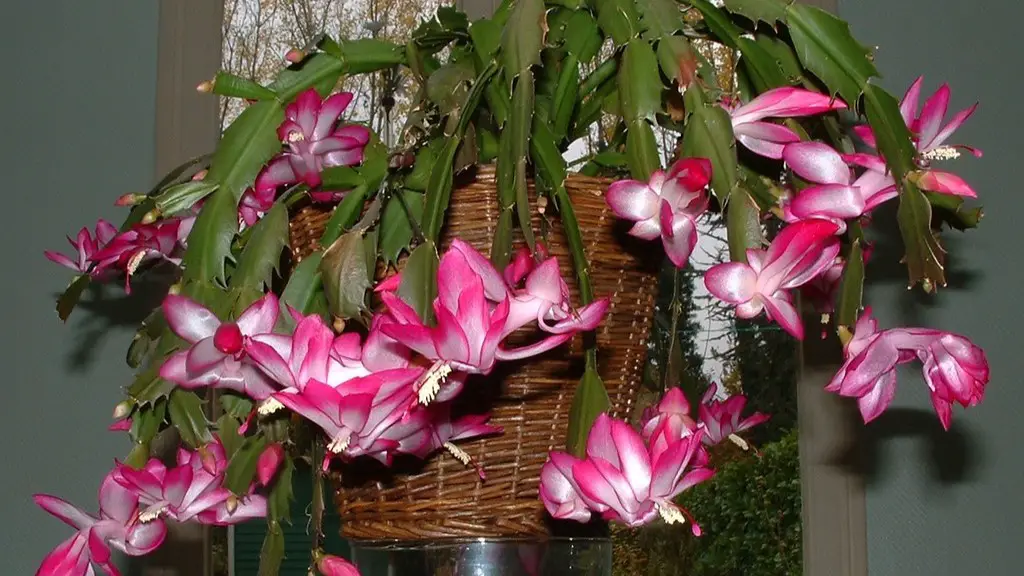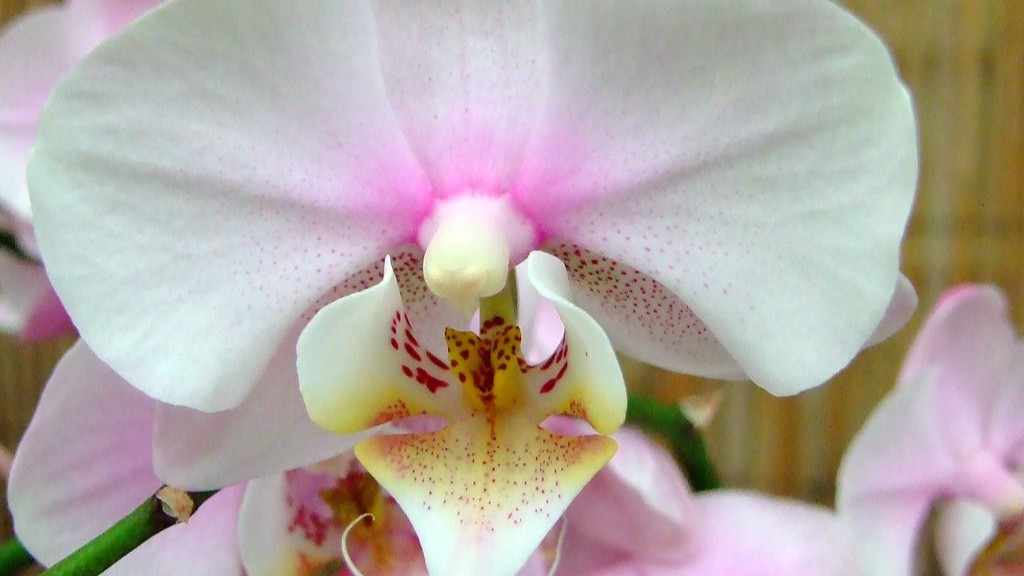African violets are one of the most popular houseplants. They are known for their beautiful blooms in a variety of colors. Unfortunately, african violets can sometimes stop blooming. If your african violet has stopped blooming, there are a few things you can do to encourage it to bloom again.
There are a few key things you can do to help encourage your African violets to bloom again. First, be sure to provide them with adequate light – they do best in bright, indirect sunlight. Second, make sure you’re watering them properly – African violets like to have their soil moist but not soggy. Finally, consider giving them a light fertilizer every month or so to help encourage blooming.
Why are my African violets not flowering?
If your African violet is not blooming, it is likely because it is not getting enough light. African violets need indirect sunlight and direct sunlight can burn the leaves. Choose a north- or east- facing window for best results and keep plants away from cold glass. Rotate the pot once a week so all leaves receive light.
African violets typically bloom every 6 to 8 weeks. With the right growing conditions, a healthy African violet produces flowers that last several weeks. If you disbud your old flowers, new flowers should bloom within 6 to 8 weeks.
How do you rejuvenate African violets
If your African violet has burnt or dry leaf tips, it’s likely dehydrated. Try placing your plant on a humidity tray to boost the moisture in the air. If your African violet has drooping leaves, it may be suffering from low temperatures. Keep your indoor environment around 70 degrees Fahrenheit, even at night.
If you are able to provide the correct conditions, African violets can bloom nearly year-round. Each bloom lasts for about 2-3 weeks.
How do you force violets to bloom?
If you want your African violet to bloom again, here are 8 ways to do it:
1. Let There Be Light
African violets need 12-14 hours of bright, indirect light every day in order to bloom. If you don’t have enough light in your home, you can try using grow lights.
2. Turn Up the Humidity
African violets thrive in humid environments. If your home is too dry, try using a humidifier or placing your plants on a pebble tray.
3. Replenish Essential Nutrients
African violets need to be fertilized every 2-3 weeks with a water-soluble fertilizer. Be sure to follow the directions on the fertilizer package.
4. Keep it Pleasant
African violets prefer temperatures of 70-75 degrees Fahrenheit. They also like to be in a room with high humidity and good air circulation.
5. Choose the Right Soil
African violets need a light, well-draining soil. You can purchase a special African violet potting mix, or make your own by mixing equal parts peat moss, perlite, and vermiculite.
6. Protect From Pests &
Epsom salts are a great way to provide your plants with essential magnesium and sulfur. These two minerals are needed to produce beautiful blooms and healthy foliage. Simply mix one and a half teaspoons of Epsom salts in a quart of tepid water and swirl to dissolve. Water your African violets (below the leaves) with this solution once a month.
Can you use Miracle Grow on African violets?
African violets are very sensitive to the type of soil they are grown in. The best type of soil for them is well-drained and slightly acidic. Miracle-Gro® Indoor Potting Mix is specially formulated to provide African violets with the ideal growing environment.
African violets (Saintpaulia) are popular houseplants because they are relatively easy to grow indoors. African violets need bright, indirect light to thrive. A site near an east or north window is often a good location for African violets. If a suitable window isn’t available, place African violets under a fluorescent light fixture containing two 40-watt fluorescent tubes.
What is the lifespan of an African violet
It is important to repot African violets every few years to keep them healthy and vibrant. These beautiful flowers can last up to 50 years with proper care, so it is worth the effort to keep them looking their best. McEnaney recommends using a light potting mix and pots with drainage holes to ensure that the roots do not sit in water.
If you notice that your African Violet plant’s leaves and/or leaf stems are looking soft, limp, or mushy, it is likely that you have been over- watering the plant. Too much water retention in the soil can cause these problems. Try to cut back on watering and see if that helps the plant to recover.
Is baking soda good for African violets?
If powdery mildew on African violets is proving difficult to get rid of, spraying the plants lightly with a baking soda and water mixture may do the trick. You can also try spraying the air around the plant with Lysol or another household disinfectant, but be careful not to get the spray on the leaves.
When watering your African violet, it is important not to mist the foliage as this can cause permanent leaf spotting. Use room temperature water and be careful not to saturate the crown of the plant as this can lead to crown rot.
What is the best African violet fertilizer for blooming
As a general rule, it is best to fertilize African violets once a week with a mild fertilizer. A balanced fertilizer such as a 20-20-20 or one with slightly more phosphorus (15-20-15) will work well in most cases.
African violets are lovely plants that flower all year round, but mainly in spring and autumn. They prefer a light, porous, aerated and well-drained potting mix to keep their roots moist, but not soggy. They also enjoy bright light, but should be kept away from direct sun, drafts and air-conditioning.
Which month do violets bloom?
February is the month to start growing violets and their close cousins. With interesting leaves and attractive flowers, they will start flowering as early as January.
From what I’ve read, coffee grounds are good for African violets because they are slightly acidic and contain nitrogen. This helps the plant to grow healthy foliage. I would occasionally sprinkle used coffee grounds on top of my African violet potting soil to give it a boost.
Warp Up
Give your African violet the right amount of light. They do best in bright, indirect sunlight. Direct sunlight will scorch the leaves, and not enough light will cause the plant to become leggy and the flowers to fade.
Water your African violet when the soil is dry to the touch. Water from the bottom by setting the pot in a dish of water and allowing the plant to absorb the water through the drainage holes in the bottom of the pot. Do not let the plant sit in water.
Fertilize African violets regularly with a Violet fertilizer. Use a fertilizer that is high in phosphorus, which will encourage blooming.
Pinch back the tips of the plant to encourage bushiness.
The best way to get African violets to bloom again is to give them some TLC. Start by making sure they are getting enough light. African violets need about 12 hours of light each day, so if you are not providing them with enough light, they will not bloom. Also, make sure you are not over-watering them. African violets need to be watered about once a week, so if you are watering them more than that, they will not bloom. Lastly, fertilize your African violets about once a month to give them the nutrients they need to bloom. If you follow these tips, you should see your African violets blooming in no time!
